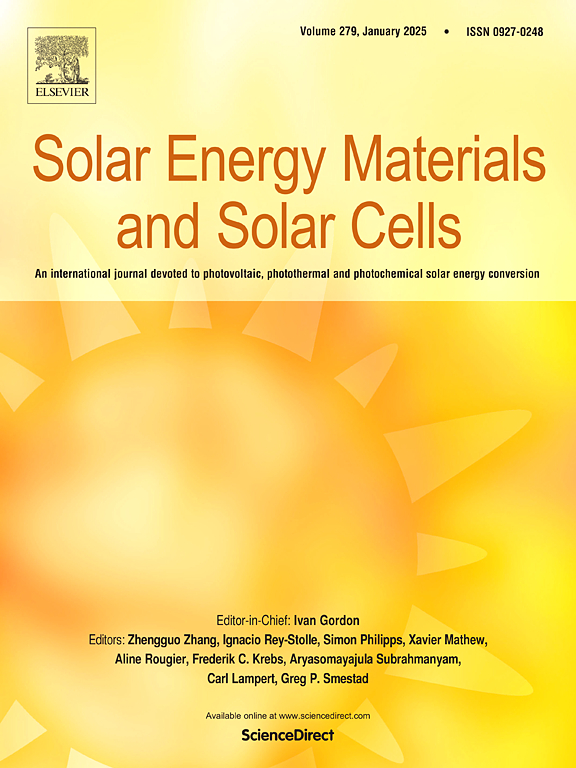The effect of Na+ concentration on the local structure of NaNO3-KNO3 and thermophysical properties with higher prediction accuracy: A molecular dynamics study
IF 6.3
2区 材料科学
Q2 ENERGY & FUELS
引用次数: 0
Abstract
Molten nitrates have been considered as attractive heat transfer and storage materials in concentrated solar power (CSP). In this paper, thermophysical parameters such as density, specific heat, viscosity and thermal conductivity of binary NaNO3-KNO3 with different Na + concentrations were calculated within the range of 600–800 K. The simulated values of thermophysical properties closely matched the experimental values. Particularly, the reverse non - equilibrium molecular dynamics (RNEMD) approach was employed to determine viscosity and thermal conductivity. The deviation of calculated thermal conductivity for Solar salt from the experimental value is less than 1 % with higher prediction accuracy. The average deviation of the simulated value of the viscosity from the experimental value is only 3.1 % in the temperature range of 500–700 K. The microscopic mechanisms of composition/temperature for macroscopic properties were elucidated from the local structure. An increase in temperature enhances the thermal motion of the ions and the system becomes loose, thereby causing a reduction in the density, viscosity and thermal conductivity of the system. As Na+ concentration rises, the bond lengths of N-O and N-N decrease, the structure of NO3− collapses, the system becomes more compact and the heat transfer distance is reduced, leading to an increase in density and thermal conductivity. Additionally, there is an enhancement of NO3− intramolecular interactions, which consequently results in an increase in the specific heat capacity. The diffusion activation energy and viscous activation energy are maximum in the system with 64 % Na+ concentration, indicating the lower mobility of the system at this composition.
求助全文
约1分钟内获得全文
求助全文
来源期刊

Solar Energy Materials and Solar Cells
工程技术-材料科学:综合
CiteScore
12.60
自引率
11.60%
发文量
513
审稿时长
47 days
期刊介绍:
Solar Energy Materials & Solar Cells is intended as a vehicle for the dissemination of research results on materials science and technology related to photovoltaic, photothermal and photoelectrochemical solar energy conversion. Materials science is taken in the broadest possible sense and encompasses physics, chemistry, optics, materials fabrication and analysis for all types of materials.
 求助内容:
求助内容: 应助结果提醒方式:
应助结果提醒方式:


